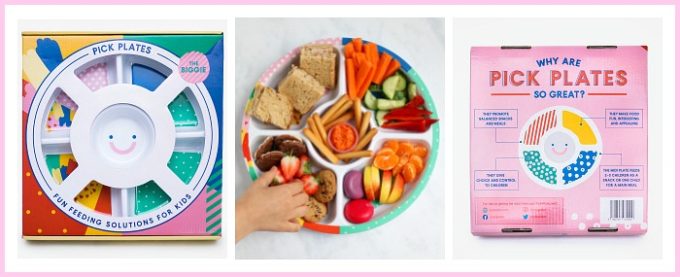
Foods with texture and crunch. Why some children with ASD like these foods and tricks to use to expand their diet.
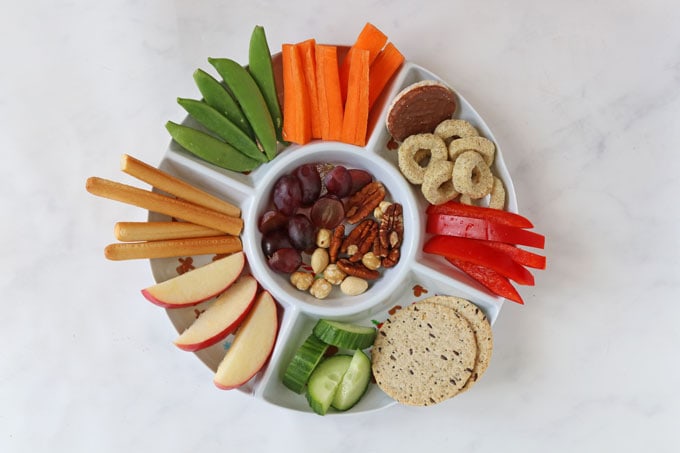
Today is my third blog post in my series all about Autism, Children and Food. You can read the first two instalment about:
Processed food and why so many autistic children love it; and
Hidden veggie sauce and different ways of serving it.
For this series I’ve teamed up with the gorgeous Tara Leniston. Tara is a former actress who stepped out of the limelight to devote all her time to learning everything she could about autism when her son Dylan was diagnosed seven years ago.
You can follow Tara over on her blog Coming Home To Autism and also on Instagram. She has also co-written a fantastic book, also called Coming Home To Autism, where she shares practical help and tips for parents of newly diagnosed children.
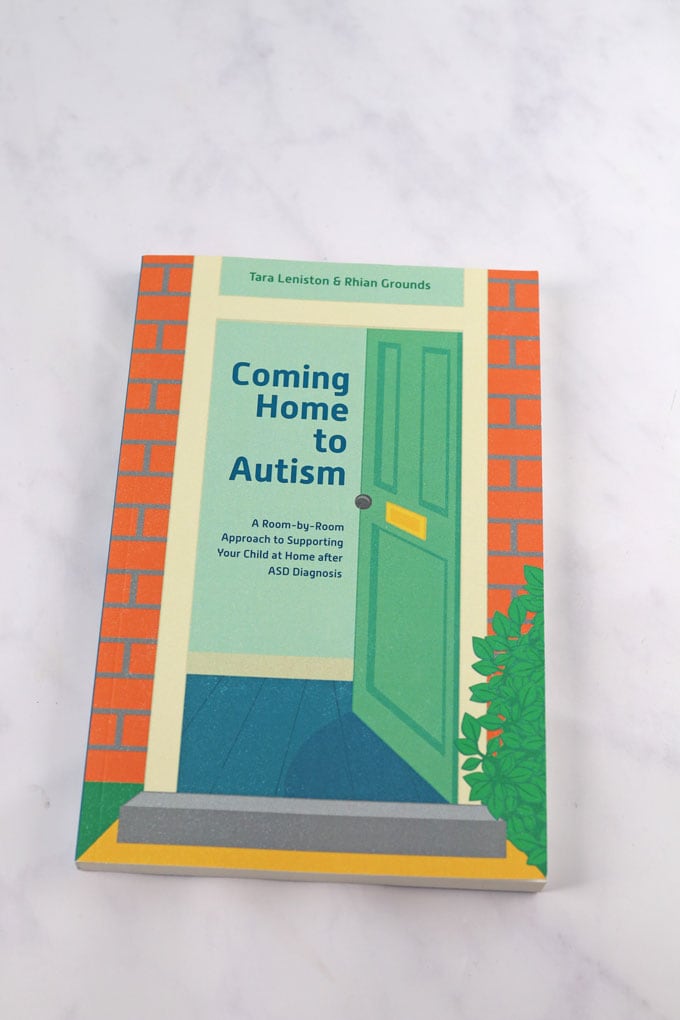
Today’s post is all about texture in foods and why many autistic children seek out foods that are crunchy or crispy.
Oral Sensory Seeking
Many children will exhibit sensory seeking behaviours. We commonly associated sensory sensitivity with ASD children (hence why many children will wear ear defenders whilst outside or will have extreme issues with food and very limited diets).
But today we are focusing on the other side of the spectrum, with children who have a decreased sensitivity to oral sensory input and therefore seek it out.
These children may bite or chew on clothes, toys, books and many other objects around the house. They will enjoy foods with lots of texture, crunch and bite and may even enjoy extreme flavours such as very sour or very spicy foods.
The sensory output that they receive from this biting or chewing helps them to self-regulate. Lots of parents will say that their ASD child is more able to receive input such as learning, conversations, concentration on a task etc whilst they are simultaneously exhibiting oral sensory seeking behaviours.
And it’s not just limited to children on the spectrum. Babies and toddlers chew and gum on everything, it’s their way of learning about the environment around them. And as they get older many neurotypical children will continue to exhibit these behaviours such as biting on pencils in class.
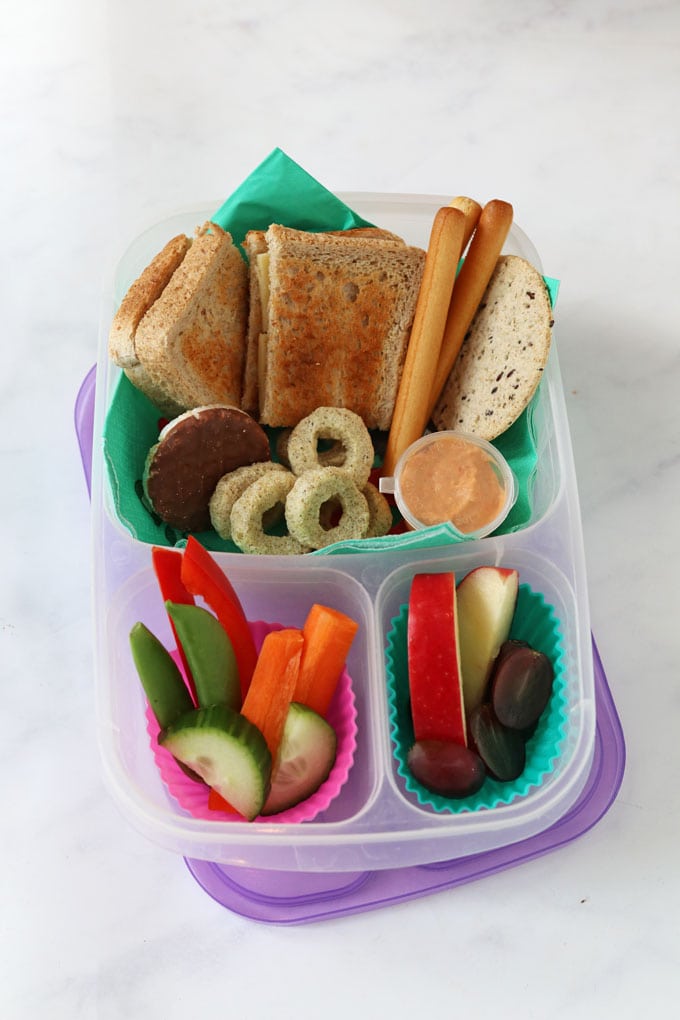
Sensory Seeking Foods
So how does this all relate to food? If you know that your child is an oral sensory seeker then you may want to consider the types of food you give them and the way in which you serve it. By adapting their diet to their sensory needs you may find that they are eating more and better quality food and mealtimes become less of a battle.
Crunchy Foods
The most common food preference for oral sensory seekers tends of be foods with a lot of texture, so anything that is crunchy or crispy:
- Apples
- Pears
- Grapes
- Carrots
- Cucumber
- Peppers
- Sugar snap peas
- Crackers and breadsticks
- Crisps and popcorn
- Rice cakes
- Nuts and seeds
You can help to expand their diet by serving other foods in the following way:
- Banana chips rather than soft banana
- Cook broccoli minimally so that it retains its bite
- Toasted sandwiches rather than soft sandwiches
- Dry cereal or granola rather than covering it with milk
- Pasta very al dente with sauce on the side
- Dips such as tzatziki, hummus or peanut butter served in a very small portion alongside crudités.
You may also find that these children do not like “bowl” foods, so anything that is all mixed up together. You will have more success by serving their meals separated where there is less chance of everything becoming soft and mushy.
Sour/Salty/ Spicy/Cold Foods
Many children will also seek out foods that are strong in taste and flavour such as:
- Spicy curries
- Sour fruits like lemons and limes
- Salty pretzels or tortilla chips
- Ice cream, frozen yogurt or even ice.
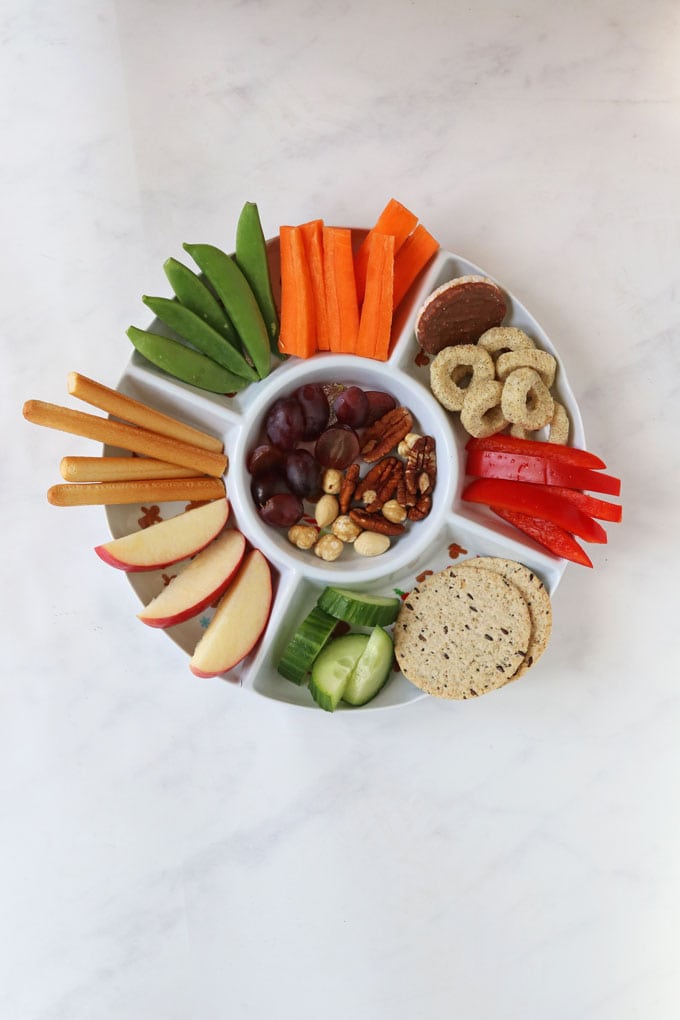
Tara’s Experience
A lot of children on the spectrum have problems surrounding food, and for many years I struggled to get Dylan to eat or drink anything other than milk. But as Dylan got older he became more sensory seeking and started to put everything in to his mouth.
Dylan doesn’t recognise when he is full so he used food as a comfort and to help him deal with his anxieties and to self regulate himself . He would sit there for hours and just keep eating. I went from a child that ate nothing and I was worried about him being under weight, to the other end of the extreme of Dylan putting on a lot of weight and he wouldn’t stop eating.
I spoke to our OT who suggested giving Dylan lots of crunch food that could help him self regulate him self and were healthy for him. As Ciara mentioned above Apples especially Granny Smith apples are great for children who like strong tastes and that are extra crunchy. Carrots, red pepper cucumber, crisp breads , home made ice lollies which you can mix with some home made smoothie and a bit of water are all great.
Ice chips are great for children who don’t like drinking water, Dylan hates the feeling of water in his mouth and its a daily struggle to get him to drink water, but he will eat a bucket load of ice chips from the freezer, this means we both win the battle of trying to get enough water.
So now I make sure that I give Dylan 5 small meals a day as apposed to 3 big meals. These meals always have some kind of raw veg on there that can satisfy his need to crunch, chew or suck on.


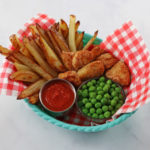




DONNA LEYLAND says
This article is spot on! My daughter is 11 now and never knows what she wants to eat. But recently I’ve been asking her based on her sensory needs, “eg do you want something wet, crunchy, cold…” etc
Thank you
Vicky says
Great to hear Donna, Thank you so much for your feedback.
GB says
I’ve recently discovered as an adult in my late 20s that I’m on the Autism Spectrum, and reading through this post in particular was really helpful. It can be difficult to adjust because I’ve spent my whole adult life thinking I’m just picky and lazy, but actually I’ve realized that I don’t like fresh foods because they’re always different and often an unpleasant texture, mushy or soft. It may seem odd but reading about how much care you take with your kid reminded me to be kind to myself, too, and made me realize that there’s ways to feed myself that are healthy AND pleasant.
It’s taken some experimenting but I’ve found that I love crunchy, crispy textures and strong sweet & sour flavours, and there’s lots of ways I’m finding to make food taste and feel the way I like it. One of my favorite things is fresh mint, which is funny because I hate mint gum and mint toothpaste with a passion – they literally feel like they’re burning my mouth. But fresh mint is very refreshing and a little piquant, and has the perfect “green” flavor – not sure how else to explain it. So I buy a big bunch of fresh mint at the beginning of every week and it goes into all my food some way or another. I do the same thing with garlic, as it’s just the right kind of “spicy”. I often have to tone down the garlic if I’m cooking for other people because I’ll put 5 cloves when the recipe calls for 1.
I also appreciate your use of the term “bowl food” – I also HATE when all my food gets mixed up and mushy. It looks and feels so gross that way. I like to be able to take a single bite of each food and when I want to mix flavours, I take a bite of one and then a bite of the other so the rest of the foods are still separate.
Undercooking veggies is a great way to keep them appealing. I dislike fruits and always have struggled to get them into my diet because they tend to be grossly soft, but parboiled or blanched veggies with some kind of sour sauce to dip them in have been great.
LeQuoia says
Hello. I am new to all of this. My African American daughter has been diagnosed with level 3 autism at 2. She is currently attending different therepys. This article was helpful and some of the suggestions we are trying already. She loves crunchy foods but I can’t get her to eat vegetables. Even if they are raw for the crunch which she loves. She used to enjoy spicy foods but has recently stopped liking that types of taste. Suggestions on how to get some vegetables and fruit in her diet? She will eat cheese, rice and meats if they are not wet or slimy to the touch; but no longer eats breads.
Vicky says
Hi, thank you for coming back to us, Glad you found this article informative. Here is another few links that may be helpful to you:
https://www.myfussyeater.com/autism-food-issues/
https://www.myfussyeater.com/hidden-veg-sauce-autism-food/
https://www.myfussyeater.com/how-to-get-kids-to-eat-foods-with-sauce/
https://www.myfussyeater.com/homemade-chicken-nuggets-chips-autism-food/
Ashraf Siddiquee says
There are very few sites who share information about autism food issues. thanks for your informative solution.
This is really helpful for the people who are searching for this kind of information.
Patty says
HI THANK YOU FOR YOUR INFO AND ADVICE , I HAVE A 7 YEAR OLD SON WITH SPECTRUM AUTISM, I HAVE A QUESTION, HOW TO GET MY SON TO TRY NEW FOOD HE NEVER EVER TASTE BEFORE, I TELL HIM THAT HE NEVER GOING TO KNOW IF HE LIKES IT, IF HE NEVER TRYS IT, I TELL HIM TO REMEMBER WHAT THE DOCTOR TOLD HIM TO AT LEAST TRY ONE BITE A DAY TO TRY NEW FOODS BECAUSE HES MISSING OUT ON VITAMINS, SO WHAT HAPPENS HE OPENS HIS MOUTH HE DOESN’T EVEN TASTE THE FOOD AND HE MAKES THIS FACE LIKE HE DID AND PRETENDS THAT HE WANTS TO THROW UP. THANKS
Mop says
Hi there, I’m not a professional, merely an autistic adult. what your child seems to be doing is very similar to my cousin. while I can’t speak on what will or will not work on your son, I can say what helped with my cousin and my husband, both autistic. what helped with my husband when he was young was to make it into a game, rather than “this is food you must eat” simply a “here try putting this in your mouth and try to get the biggest crunch, I’ll do it too” that way he ended up trying a lot of food and the whole family joined in on the game, they would even rate the crunches.
My cousin however, when we try to make her eat new foods, pulls a face and acts like she is going to throw up. I do the same to be honest when it comes to vegemite. there is a psychological element at play here where she genuinely thinks she’s going to hate it so much that she’s told herself that she’s gonna throw up from how gross it will be, regardless of if she ends up liking it later. what helped with her was letting her go through that we would be like “here’s a plate of food” she would be like “ok I’ll try it” she’d gag and all that and we’d be like “its ok if you throw up, can you please try it” shed take the smallest bite ever and gag again. we’d be like “can you please take a bigger bite, you cant taste it from a bite that small” shed be like “ok” then if she still doesn’t like it we ask “was it the taste or texture?” and she’d rate from 1-10 on both taste and texture and from there we would avoid similar tasting things on the lower end and same with texture. to get her to try more things I figured out hey we’ll tell her its similar to a different thing she likes, only if it actually was though because otherwise she’d lose faith in us but yeah. and where all else failed “you need to eat this for health reasons” and explain it and if she still refused we’d just ask her to help us look for a replacement.
Tanya says
Have really enjoyed reading this series of posts. Whilst my little one is a relatively good eater, she does seem to have some issues with texture so it’s been interesting reading some of your tips! Thanks for sharing. x